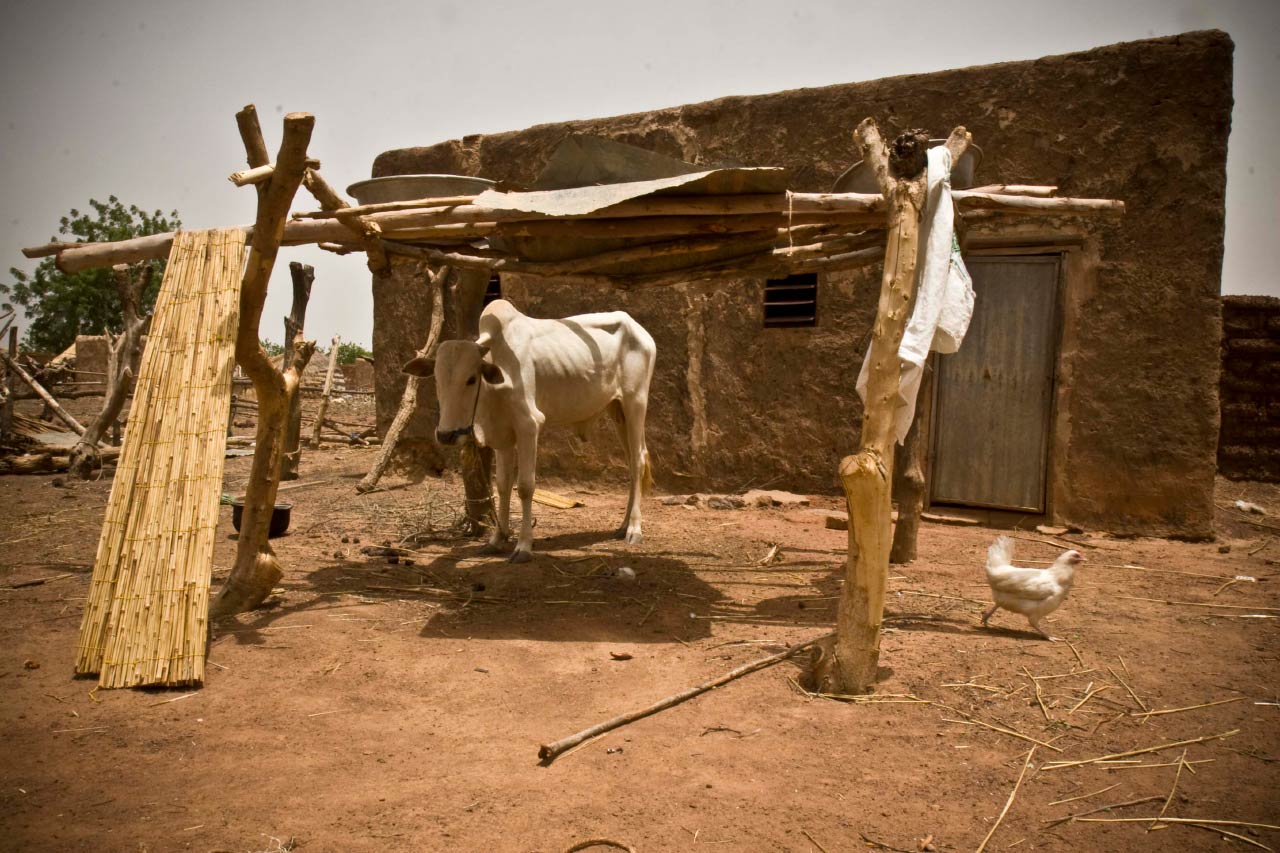Protracted crises refer to situations in which a significant portion of a population is facing a heightened risk of death, disease, and breakdown of their livelihoods.

Common Characteristics
These circumstances are often linked to recurrent natural disasters or conflicts. According to the Food and Agriculture Organization of the United Nations (FAO), in 2010 there were 22 countries, and over 160 million undernourished people, facing protracted crises. While each protracted crises is distinct occurrence, there are several common characteristics which are often present:
- duration or longevity
- conflict
- weak governance or public administration
- unsustainable livelihood systems and poor food security outcomes
- breakdown of local institutions
In many of these cases there is a two-way relationship between unsustainable livelihoods and protracted crises in which either condition can cause the other.
Impacts
As a direct result of inflated food insecurity and livelihood disruption, those countries that are in the midst of a protracted crises will usually receive a high proportion of humanitarian versus development assistance. Due to their unique nature, protracted crises are often not tackled by development agencies and therefore humanitarian agencies become responsible for providing assistance.
The average undernourishment in those countries is almost triple that of other developing countries and the instance of undernourishment only increases as the crises drag on. The ability of people to support themselves is severely diminished due to displacement, loss of resources, and economic decline. For example, during the Darfur crisis in Sudan, millions of people were displaced from their homes and more than half of the livestock were killed within the first three years.
The impacts of these crises on women differ; women face higher risks of sexual abuse and gender-based violence and are more significantly affected by reduced access to health and education services. In addition, men will often leave their homes to look for work or to join the fighting, and therefore the responsibility of heading the household is passed to the women.
Types of Intervention
The FAO notes that there are three types of intervention that humanitarian agencies can engage in response to protracted crises:
- livelihood provisioning—the objective is to meet immediate basic needs and protect people’s lives
- livelihood protection—the objective is to protect and support people’s assets and to prevent the sale or destruction of productive assets
- livelihood promotion—the objective is to improve livelihood strategies and assets, and to support key policies and institutions that can boost livelihoods
Livelihood protection and promotion requires a comprehensive and coordinated approach that targets the both the causes and effects of vulnerability. The effectiveness of any response is also sensitive to timing; the earlier humanitarian agencies are able to provide assistance in countries facing protracted crises, the better the chances that food security and livelihoods can be protected.